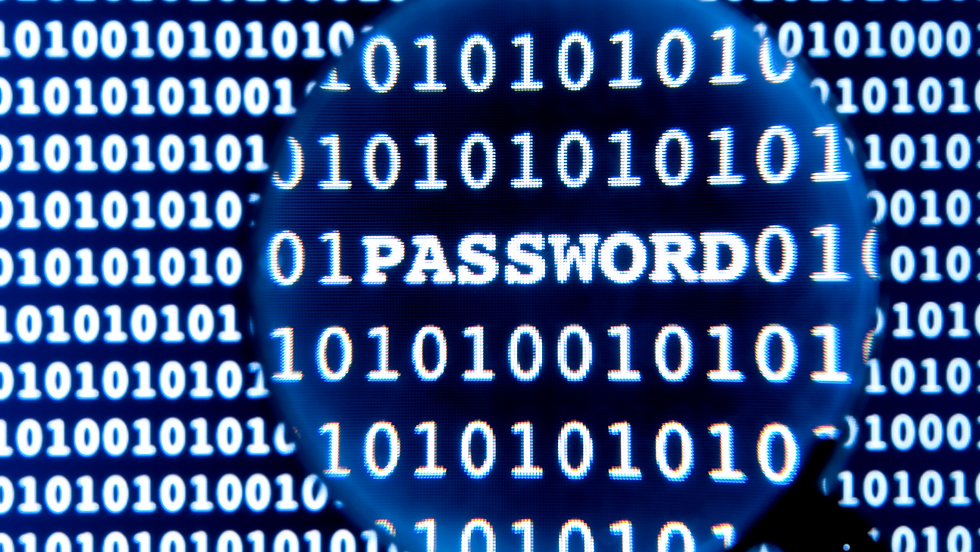Who is listening in?
- Matt Leonards
- Jul 26, 2022
- 3 min read
Many of today’s blockbuster film franchises have a plot centred around espionage and spying. The most obvious and enduring one being James Bond, where Q never fails to supply 007 with a new piece of tech wizardry that contains a camera or other recording device. Then there are the Jason Bourne and Mission Impossible films where covert surveillance gadgets are frequently hidden in everyday objects from sunglasses to mobile phones. The tech and gadgets are often just as integral to these films as the high-speed chases and dangerous stunt sequences.
However, espionage isn’t restricted to Hollywood films or even high-tech, multi-national corporations. In fact, any company could be at risk if it has information that is valuable to a competitor or other adversary. This could be IP such as technological innovations and product specifications or financial data and customer details. In addition, individuals may also be a potential target either in their corporate or personal lives.
The means to carry out covert surveillance doesn’t necessarily require a big budget either. A quick internet search will reveal that eavesdropping software, as well as covert monitoring devices, can be easily and cheaply purchased online, where you can buy literally anything from ordinary looking wall sockets with built-in listening devices to smoke alarms and even air fresheners with covert cameras.
Many companies are no longer allowing mobile phones into their boardrooms to help protect privacy, as recording software can easily be installed on mobile devices, either with or without the owner’s knowledge, but what about the boardroom itself? How can you tell if that’s secure? Indeed, corporate espionage could be as simple as giving out a bugged USB drive, portable battery pack or a promotional pen at a conference. How often have we picked up one of those and then left it languishing on our desk at work?
So, with eavesdropping devices becoming smaller, more sophisticated, more readily available, and with the ability to conceal them virtually anywhere, what can we do to protect ourselves and ensure that we, either as individuals or organisations, are not exposing ourselves to the risks of covert monitoring?
This is where Technical Surveillance Counter Measures (TSCM) are required, which is a highly specialised service commonly referred to as bug sweeping. Professional TSCM consultants deploy cutting edge technology to detect the emission of radio and magnetic waves, as well as thermal and light emissions that can broadcast a silent signal. In addition, a comprehensive physical inspection of a location is undertaken to identify the presence of any covert surveillance equipment and computers, telecommunication devices, wiring, cable runs, sockets etc are examined.
Once the search has been completed corrective action can be taken to intercept eavesdropping and prevent further surveillance or disrupt monitoring by leaving the equipment in place, but no longer discussing sensitive information in that specific location or even providing disinformation.
TSCM can often lead into a digital forensic service to try and establish the origin of monitoring equipment, but whatever the outcome TSCM should not be viewed in isolation. Due to the rapid evolution of surveillance technology TSCM is most effective when deployed on a regular basis and used in combination with other cyber security measures, such as risk assessments and user awareness and education.
Fortis offers a comprehensive range of TSCM services that can be tailored to suit your organisation’s specific requirements. For more information about how Fortis can help protect your business from covert surveillance and other potential threats please contact enquiries@fortiscyber.co.uk




Comments